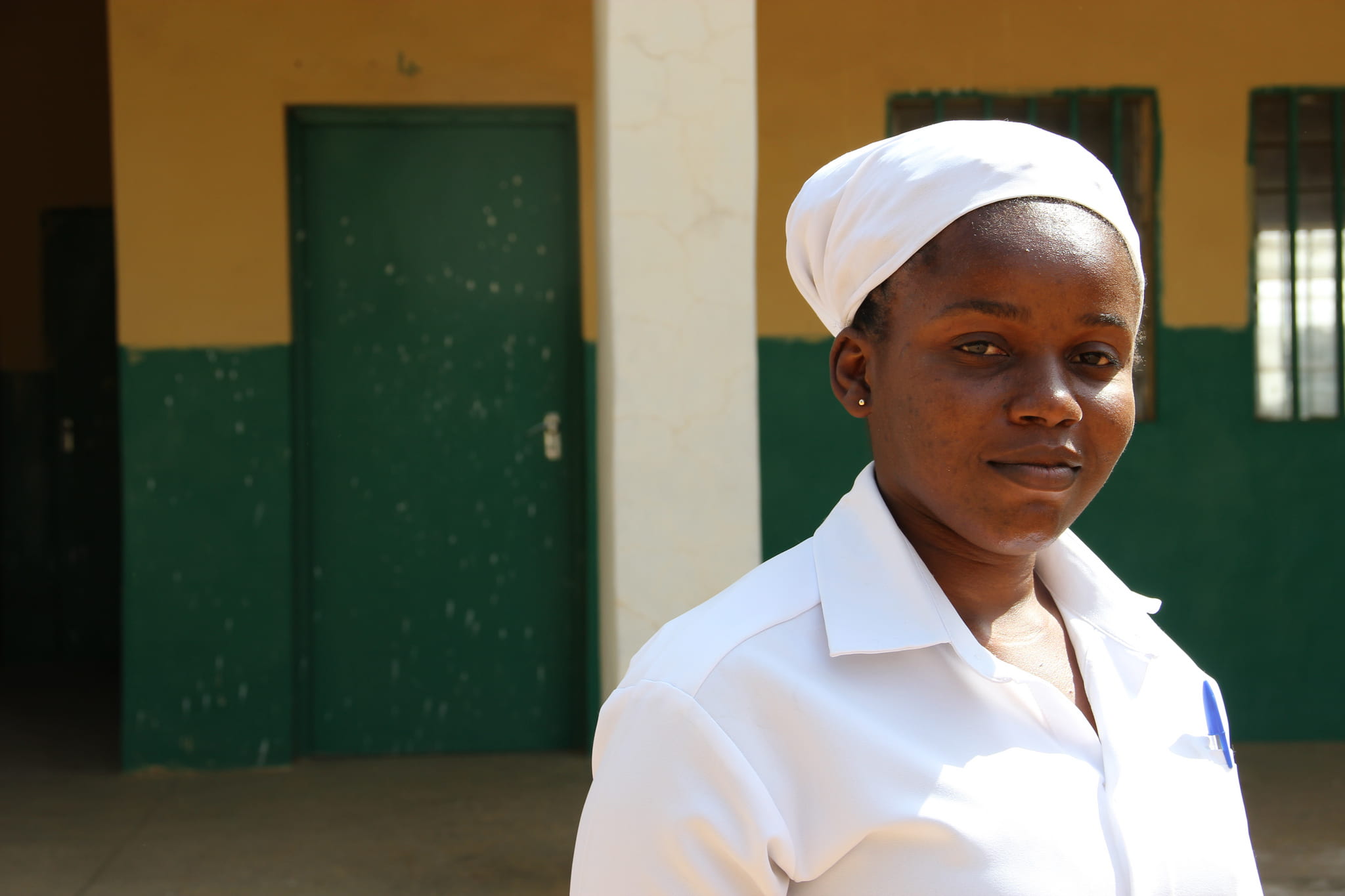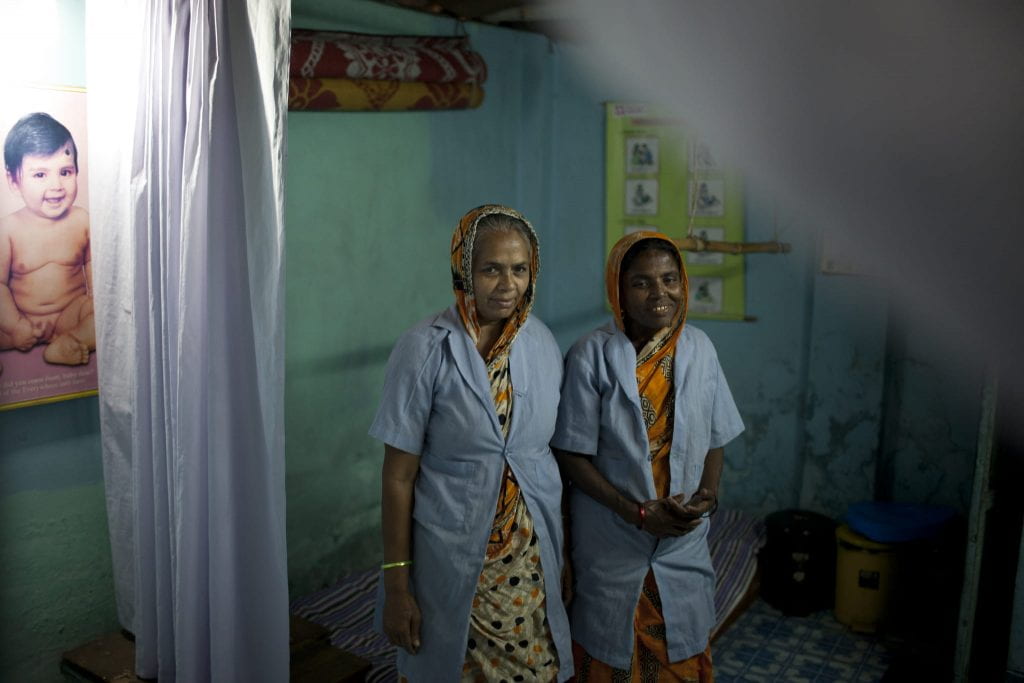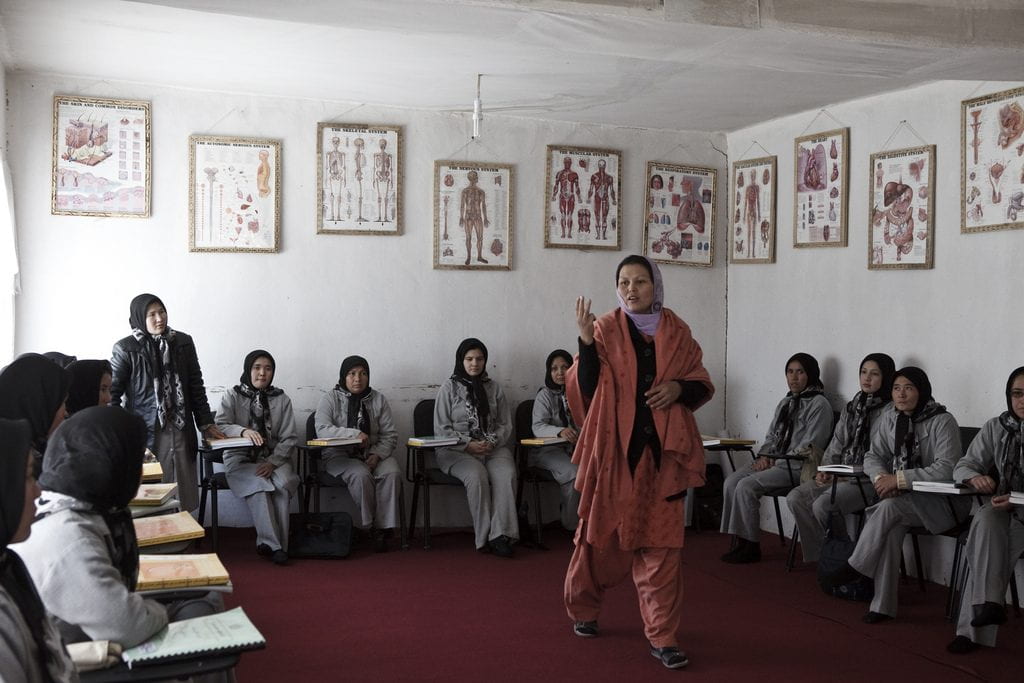In June 2022, I had just graduated high school when Roe v Wade was overturned, and it was impossible not to react to the news. This illustrates how one of the most controversial topics in the U.S. over the past few years has been reproductive rights. The discourse on what is right and wrong is never-ending, and what should be part of human rights and necessary healthcare has become a political topic rather than a medical one.
When Roe v. Wade was overturned in 2022, many saw it as a violation of the Declaration of Human Rights, which states that everyone has a right to necessary medical care, social services, and the right to security. If medical care is a part of basic human rights, how can it be taken away? This has become an ongoing issue in the United States, as many people argue that the decision to overturn Roe v. Wade represents a clear violation of human rights, given that women in multiple states are now unable to obtain the procedures they need because doctors fear losing their licenses. Aside from the clear medical implications, this has and will continue to affect aspects of life that people don’t even think about.
Factors of Economic Growth
Economic development is an essential part of a country’s growth. Factors like human capital – defined as the skills, knowledge, and abilities provided by individuals -, natural resources, capital formation, technological development, and social and political forces all play crucial roles in the economic progress of a country. But what happens when one of these becomes compromised? Although all five are essential, one stands out as the foundation for the rest.
Without human capital, the other factors are simply not possible to achieve. Technological developments don’t happen overnight, and government policies don’t spawn out of thin air. Therefore, it is easy to understand that the more labor force participation there is, the greater the push for development and growth. With this in mind, one would assume that the biggest challenge would be encouraging as many people as possible to enter the labor force.
To achieve this, there are several key factors that are necessary for growing human capital– one of those being access to affordable healthcare. Since 1965, women’s labor force participation has been going up (with exceptions for COVID). In 1960, the FDA approved the distribution of the birth control pill, and less than a decade later, in 1973, Roe v. Wade was passed, challenging abortion bans and ruling them unconstitutional.
Labor Force Participation in the US

fizkes, Adobe Stock
Abortion as a State Right
In the US, it is expected that 25% of women will undergo an abortion at some point, making it one of the most common health procedures for women. In many areas, the criminalization of abortion access is seen as a human rights violation, and it is known that criminalizing abortions causes a plethora of problems. Getting rid of safe abortion does not eliminate abortion, instead it makes it dangerous and scary (Berer, 2023).
After abortion laws were left up to individual states in the US, it became clear that the states that outlawed abortion not only have higher maternal mortality rates, but also twice as many teen births compared to the states where abortion remains legal. While teen births have been on the decline since before the ban, the same cannot be said for maternal deaths. Maternal deaths are more than twice as high in states that do not allow abortion, and worse yet, maternal deaths have been on the rise since before the abortion ban (GEPI, 2023). Although those living in states that now have abortion bans were already less likely to seek abortions prior to the ban, the rise in deaths post-ban has noticeably increased.

Adobe Stock, JP Photography
Future Reproductive Rights Issues
In the coming years, due to the abortion ban, more women could end up in situations where they have to stay home to take care of children and are thus unable to enter the workforce. Pregnancies in young women will likely increase, making it difficult for them to obtain higher education degrees, which could ultimately limit them to a life of staying at home or holding a series of lower-paying, temporary jobs.
Some might argue that in the past, women did not obtain college degrees and worked stable income jobs their whole lives. As much as that is true, it fails to consider the fact that the world is different now than it was 30 years ago. Over the years, the competition in the job market has significantly increased, and obtaining a higher degree can be the determinant of job stability. The more people who earn degrees, the harder it becomes to compete for a job for those who don’t have one. Which makes it now, more than ever, so important for women to be able to rely on the fact that they will be able to get affordable reproductive healthcare when they need it.
Women as a Part of the Labor Force
Allowing women autonomy over their body supports economic growth. The more people who have entered the labor force, especially those who are educated, the more development and technological innovation will follow. Women will be able to work and start families when and if they want to. By doing this, there is also a higher guarantee that more children will grow up in stable households and go on to obtain higher education. There is almost a domino effect that is created which will multiply through the years. Access to reproductive healthcare serves as an economic multiplier.
Being able to obtain the necessary medical care that someone needs should never be a political issue. Stripping away the rights to abortion and possibly contraceptive care clearly violates the Declaration of Human Rights. Human rights are not and should not be rooted in political agendas. In a world full of injustices, it remains important to stand up for the greater good and bring awareness and education to those around you.








